Have you ever seen a striking image that you imagined bringing to life?
AI image-to-video generators are transforming still images into videos. You may be wondering how to do this yourself.
If there’s one thing I’ve done while testing these tools out for hours (and watching the “generating” spinner for way too long), it’s figuring out what’s actually working in 2025.
So, let’s cut the “noise” and look at what works. On which platforms are people actually able to generate videos without weird, glitchy characters?
What Makes a Great AI Image-to-Video Generator?
Let’s unfold the parameters to define game-changers versus time-wasters before we get into the platforms.
ID Consistency – Can it keep the same character throughout the video? Nothing is more immersion-breaking than an ID’s face changing frames.
Motion Quality – Are the movements appearing realistic, or do they resemble those of a stop-motion character?
Resolution Options – Are you limited to tiny, pixelated options or can you get broadcast quality?
Text-to-Prompt Alignment – Does the final video actually match what you asked for, or are you playing AI roulette?
Generation Speed –How long do you have to wait to generate a 6-second clip? Time is money, after all
Customization Controls- Can you modify camera movements, lighting, and other cinematic elements?
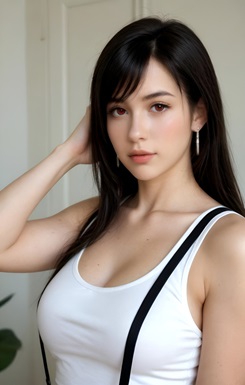
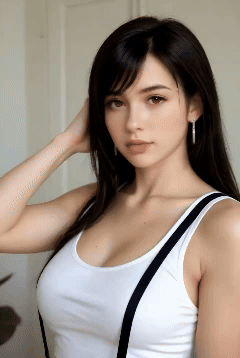
SoulGen Video: The New Gold Standard for ID Consistency
SoulGen Video is a tool that corrects whatever glitches you may have faced in the application. If you create or use a character, you can finally solve the age-old problem of their faces warping between frames.
This software has quietly changed the image-to-video world due to its industry-leading ID consistency which is a whopping 95.6% in its video.
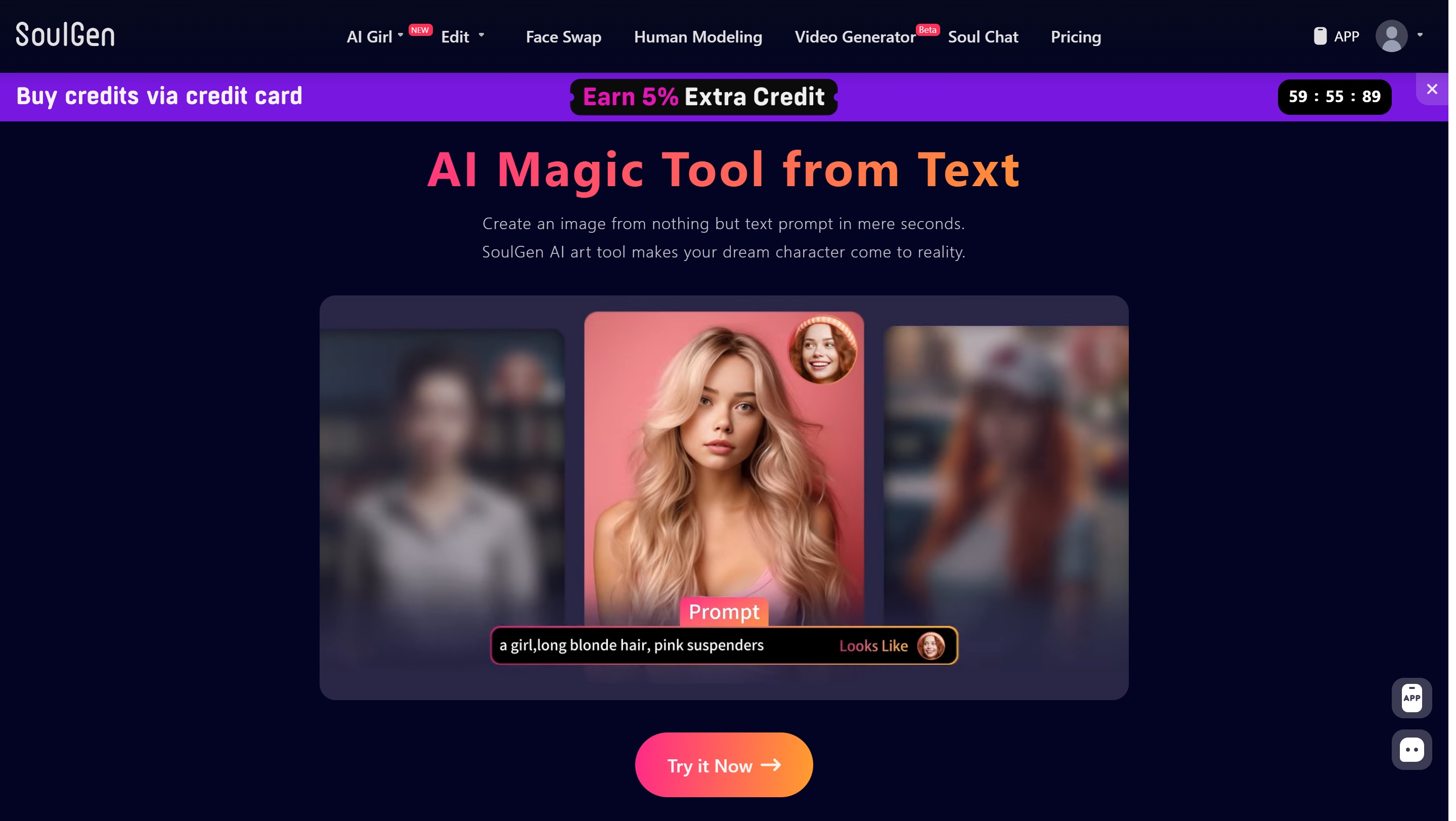
What Sets SoulGen Apart
SoulGen’s own Dynamic Feature Disentanglement and Deep Facial Fusion have revolutionized the industry. These are not just marketing gimmicks, but have actual value:
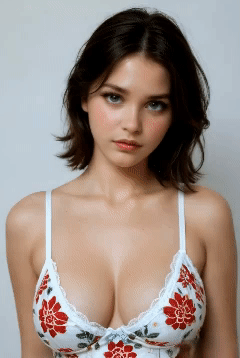
- Unmatched Character Stability –Your character’s facial features remain distinctly recognizable and aligned regardless of complicated scenes or drastic movement of the camera.
- Exceptional Text Alignment (82.7%-92.5%) –You really get what you ask for with remarkable text alignment (82.7%-92.5%). This means fewer generations and a much faster workflow.
- Superior Motion Quality (86.5%) –The quality of movement is better because it looks fluid and not robotic (86.5%)
- Cinema-Grade Visual Quality (95.7%-98.4%) –The diffusion-based engine and multi-modal text encoder helped create a set of videos with very sharp quality and minimal distortion.
SoulGen stands out by delivering everything via a browser-based platform, which means that there are no hardware requirements, no complex installations, and no steep learning curve.
Simply upload your image, enter your prompt, and you’re making pro-quality video content.
Top AI Image-to-Video Generators Compared
Let’s see how SoulGen stacks up against other leading platforms in 2025:
Kling AI: The Patience Game
Kling has established itself as a serious contender in the image-to-video space, particularly praised for its motion quality and prompt adherence.
The platform’s adjustable creativity slider lets you balance accuracy against creative interpretation – a neat feature for creators who want that control.
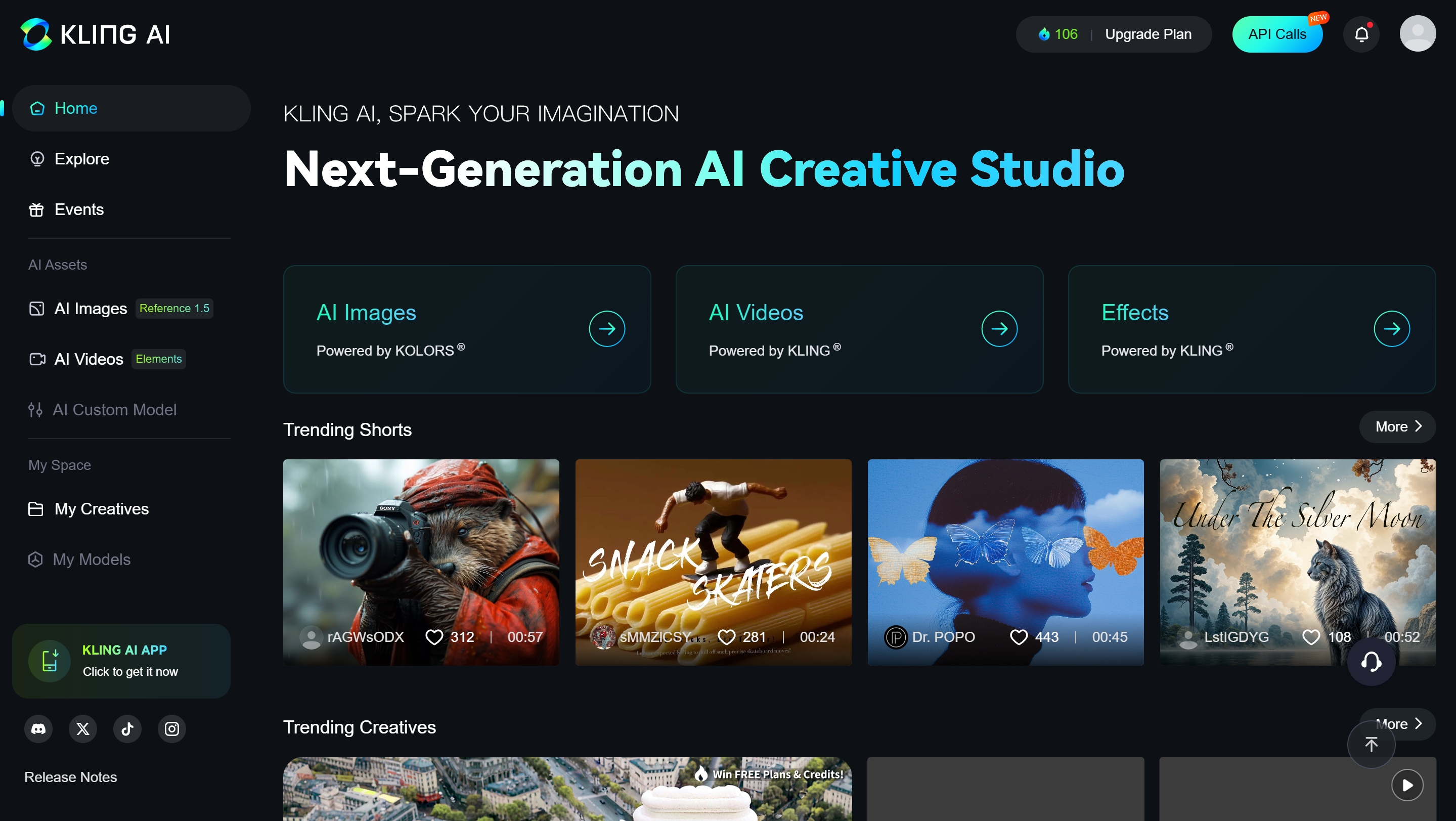
Strengths:
- Excellent character consistency
- Fluid and realistic motion, especially for character animation
- HD support in Kling 1.5 update
Weaknesses:
- Painfully slow generation speeds (especially on the free tier)
- Technical glitches where generations get stuck at 99%
- Less intuitive controls than some competitors
Best For: Creators who prioritize quality over speed and have the patience for longer generation times.
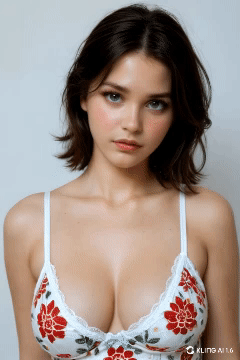
Tencent Hunyuan: The Visual Storyteller
Tencent’s Hunyuan has made a huge impact in the AI image-to-video field, standing out with its exceptional visual storytelling capabilities.
The model can take an idea and make it into a cohesive image with a high level of aesthetic detail.
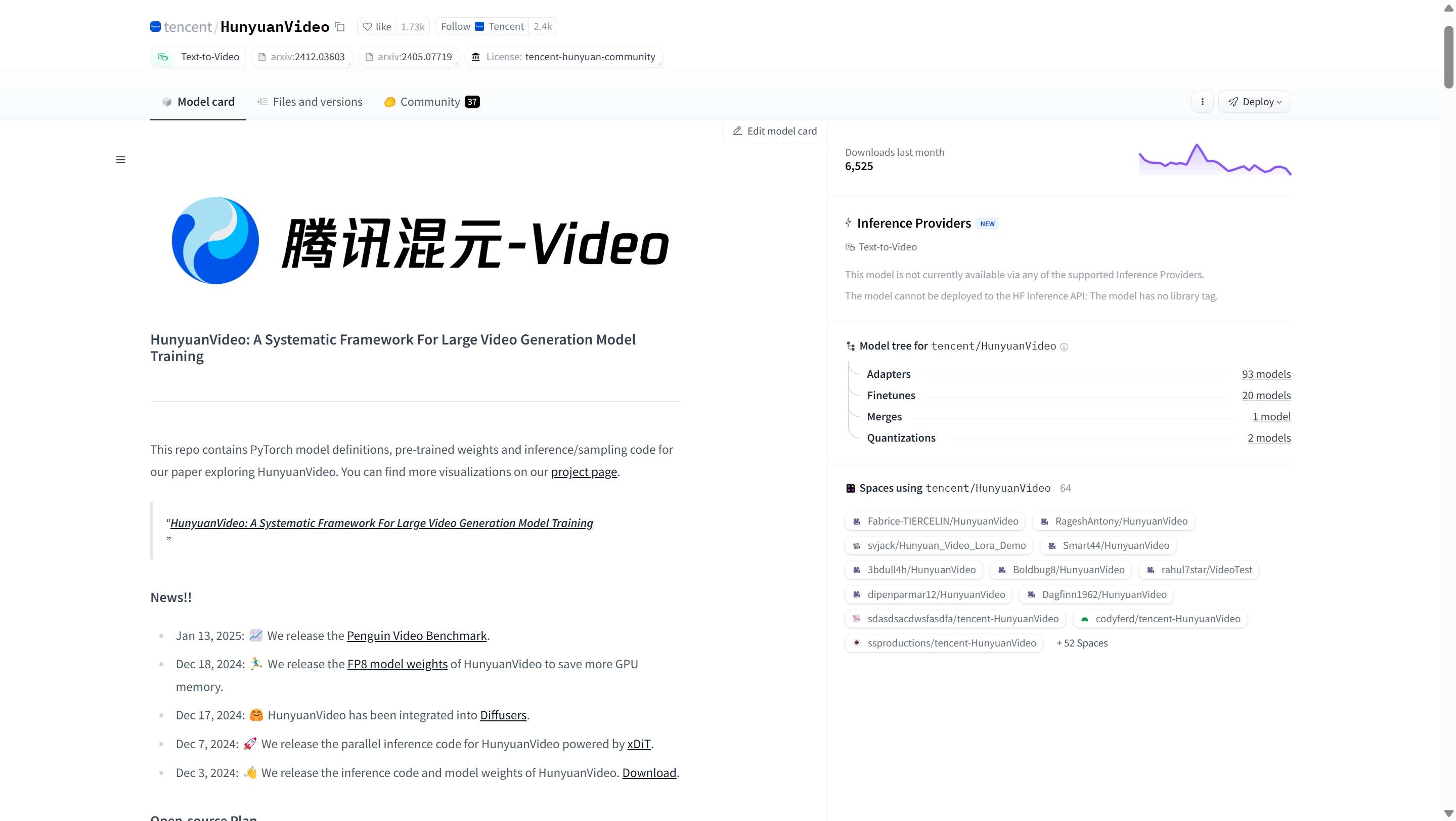
Strengths:
- Outstanding scene composition and visual aesthetics.
- Impressive color grading and lighting consistency.
- Excellent performance on alterations to landscapes and buildings.
- Advanced style transfer capabilities.
Weaknesses:
- Character consistency issues with complex human movements.
- Occasional artifacts in high-motion sequences.
- More limited customization options than some competitors.
Best For: Artistic endeavors in 3D animation where quality matters more than mere character selection.
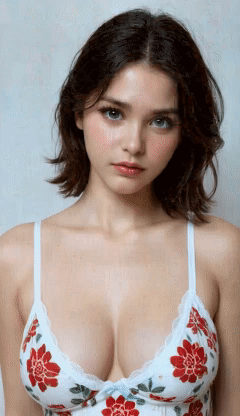
Wan 2.1: The Rapid Prototyper
The Wan 2.1 model has made its mark as the top choice for quick video prototyping and idea generation.
The standout feature of this model is the balance it strikes with speed and quality.
Therefore, this tool proves to be useful for creators who need to quickly check multiple concepts.
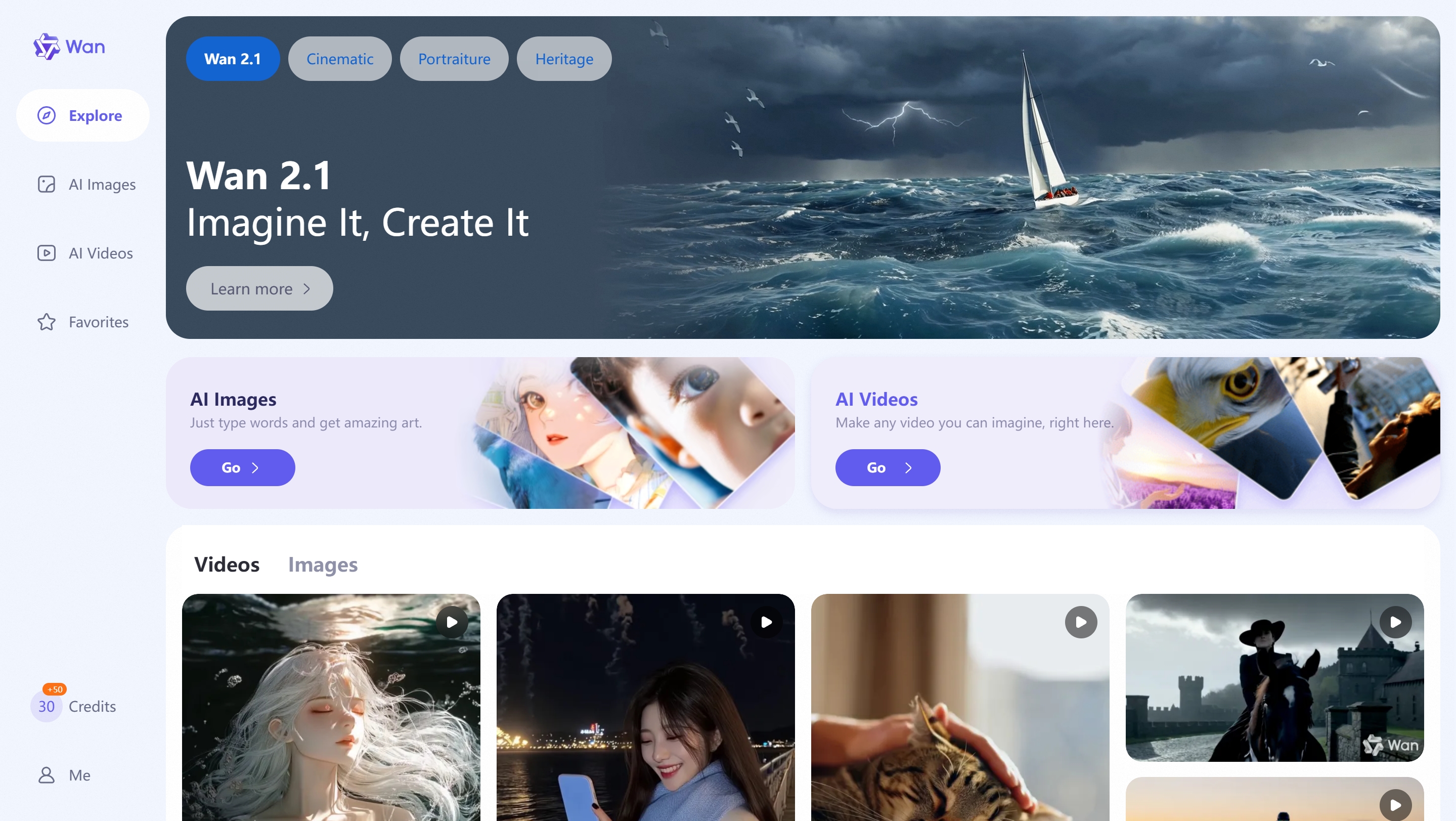
Strengths:
- Exceptionally fast generation times.
- Good handling of abstract concepts and stylized content.
- User-friendly interface with template library.
- Effective multi-style generation in a single session.
Weaknesses:
- Not as good ID consistency as a SoulGen
- Limited duration options.
- Less sophisticated physics simulation.
Best for creative directors, advertisers, and concept artists looking to quickly iterate on many ideas and visuals.
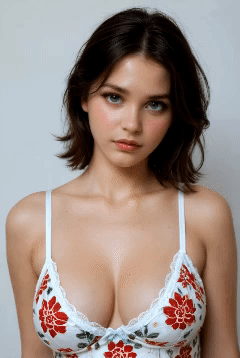
Hailuo AI (Minimax): The Accessibility Champion
Hailuo AI (also known as Minimax in some markets) offers perhaps the most generous entry point for newcomers – a full 3-day unlimited generation period for new users.
This Chinese-based generator delivers 6-second clips at 720p resolution.
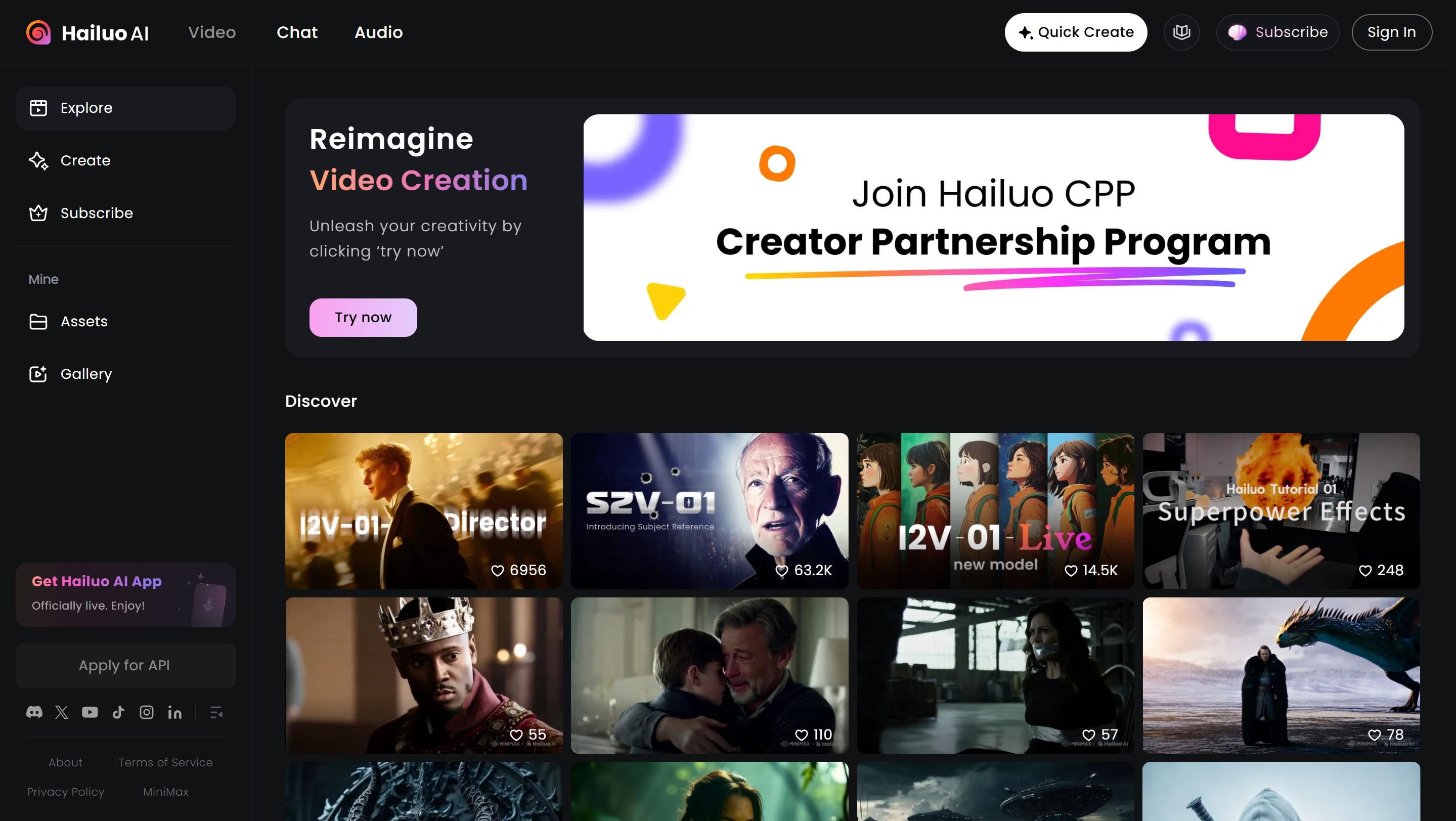
Strengths:
- Impressive subject reference feature for character consistency
- Strong comprehension of cinematic prompts
- Can generate up to three videos simultaneously
Weaknesses:
- Limited to 6-second clips
- Lower resolution cap (720p)
- Occasional struggles with close-up shots
Best For: Quick experimentation and concept development without financial commitment.
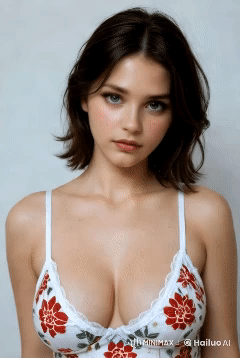
Google Veo 2: The Inaccessible Excellence
Google’s entry into the AI video space has produced exceptional results, though its limited availability (currently US-only waitlist) prevents it from being an immediate solution for most creators.
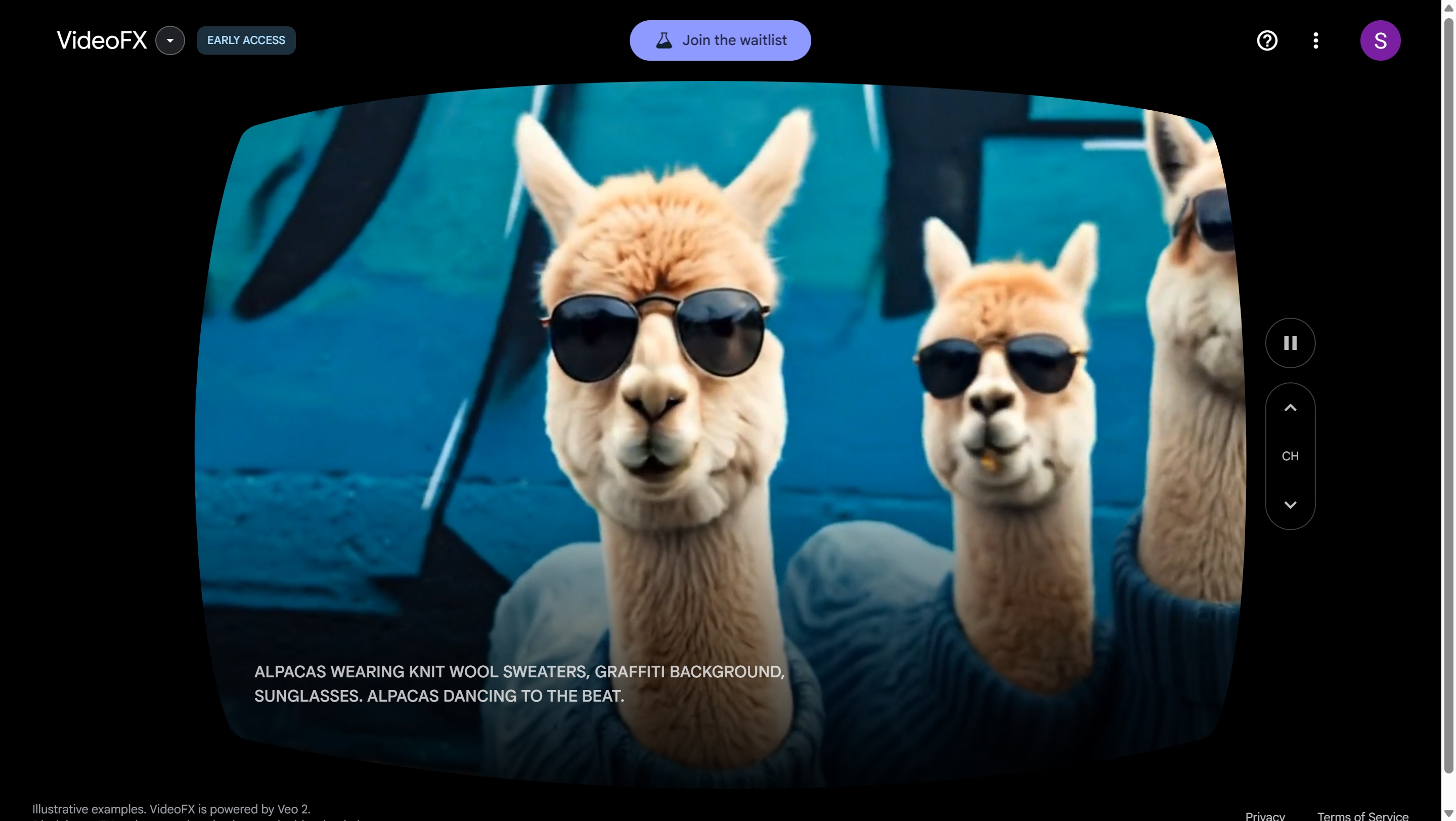
Strengths:
- Stunning visual fidelity
- Advanced cinematic controls
- High-resolution outputs (up to 4K)
- Superior physics simulation
Weaknesses:
- Extremely limited availability
- Occasional strange character movements
- Less consistent character rendering than SoulGen
Best For: Professional content creators who can access it and require the highest possible quality.
Luma Labs (Ray 2 Model): The Camera Movement Specialist
Luma’s Ray 2 model has established itself as a premium option with particularly strong performance in motion realism and physics simulation.
Strengths:
- Excellent frame-to-frame consistency
- Strong camera movement capabilities
- Impressive handling of environmental elements
Weaknesses:
- Limited to 720p resolution
- Video consistency deteriorates after about 7 seconds
- First/last frame feature works inconsistently
Best For: Projects requiring dynamic camera movements and cinematic effects.
Feature Comparison Table
| Feature | SoulGen | Kling | Hunyuan | Wan 2.1 | Hailuo | Google Veo 2 | Luma (Ray 2) |
| ID Consistency | 95.6% | Good | Moderate | Low-Moderate | Moderate | Very Good | Good |
| Motion Quality | 86.5% | Very Good | Good | Good | Good | Excellent | Very Good |
| Resolution | High | HD | HD | 1080p | 720p | Up to 4K | 720p |
Text Alignment | 82.7-92.5% | Good | Very Good | Good | Moderate | Very Good | Good |
| Generation Speed | Fast | Very Slow | Moderate | Very Fast | Fast | N/A | Moderate |
| Availability | Online, No Installation | Online | Limited Access | Open Access | Online | Waitlist (US) | Paid Subscription |
| Max Duration | Extended | Extended | 8 seconds | 5 seconds | 6 seconds | Extended | 10 seconds |
| Visual Quality | 95.7-98.4% | Good | Excellent | Good | Good | Excellent | Very Good |
| Style Variety | Good | Moderate | Excellent | Very Good | Moderate | Good | Good |
Choosing the Right AI Image-to-Video Tool for Your Needs
Now that we’ve broken down the top contenders, how do you pick the right one for your specific use case? Here’s a quick decision framework:
For Professional Content Creators
If you’re creating videos that need to maintain consistent character identity throughout – like narrative content, advertisements, or educational material – SoulGen’s industry-leading ID consistency makes it the clear choice. The combination of character stability and high text alignment means fewer wasted generations and more predictable results.
When your project requires the absolute highest resolution and you have access to it, Google Veo 2 is worth exploring – but the limited availability makes it impractical for most immediate needs.
For Marketers and Social Media Content
For short-form content where quick turnaround matters, SoulGen’s balance of quality and generation speed hits the sweet spot. The browser-based workflow means you can iterate quickly without complex software.
If you’re working within tight budget constraints, Hailuo’s free trial period makes it an excellent starting point, though the 6-second limitation may be restrictive for some marketing narratives.
For Artistic and Stylized Content
When your project prioritizes visual aesthetics and artistic interpretation over perfect character consistency, Tencent’s Hunyuan delivers outstanding results. Its exceptional scene composition and color grading make it ideal for creating visually stunning content for brand campaigns, music videos, or artistic installations.
For Experimenting and Concept Development
If you’re just testing the waters of AI video generation, start with Hailuo’s free generation period to get comfortable with the process. For rapid-fire ideation sessions, Wan 2.1’s speed and multi-style generation capabilities make it a powerful brainstorming tool. Once you understand the basics, SoulGen’s intuitive interface and superior results make it the logical next step for more serious projects.
For Experimenting and Concept Development
If you’re just testing the waters of AI video generation, start with Hailuo’s free generation period to get comfortable with the process. Once you understand the basics, SoulGen’s intuitive interface and superior results make it the logical next step for more serious projects.
For Cinematic and Special Effects
Projects requiring sophisticated camera work might benefit from Luma’s Ray 2 model’s cinematic understanding, though SoulGen’s high visual quality (95.7-98.4%) and motion quality (86.5%) make it competitive even in this specialized area. For projects with complex scene transitions or environmental storytelling, Hunyuan’s visual composition strengths offer another compelling option
Practical Considerations Before Choosing
Beyond the technical capabilities, consider these practical factors:
Budget and Pricing Structure
Most platforms work through credit systems or subscription models.
Don’t just look at the price tag but at the cost per usable video.
A cheaper platform which needs 10 generations to get one usable is likely to cost more in the long run than a premium option.
Workflow Integration.
What is the fit of the platform within your content creation process?
Standalone applications may provide more processing power, while browser-based solutions like SoulGen allow for more ease of use across devices.
Output Format Compatibility
Make sure the platform’s export option works with what you plan to do next. Some platforms allow you to choose from different options.
Learning Curve
Some tools focus on easy template-based solutions while others offer great customization requiring higher technical understanding.
SoulGen is a great tool having powerful functionalities in a friendly interface.
Looking ahead: Innovative image-to-video technology of artificial intelligence
As we look ahead, a number of trends will shape the future of it.
1. As processing capability improvements take place, 4K and beyond will continue while 720p is still the most common resolution.
2. We can expect the current 6–10 seconds to improve and become longer as the models become more efficient at holding attention.
3. As demonstrated by Hunyuan’s capabilities, we’ll see more advanced style transfer options allowing creators to apply specific visual aesthetics across entire video sequences.
4. Wan 2.1’s focus on rapid generation signals an important trend – balancing quality with practical turnaround times for professional workflows.
5. More often than not, we will experience a lot more content-specific tools focused about industry like – e-commerce, real estate, education etc.
6. More control over every aspect of generation – including lighting, camera angles, and emotional expressions – is likely to become available.
Conclusion: Finding Your Perfect AI Video Partner
By 2025, it will be possible to get AI image-to-video. Something we could never have imagined a few years back.
Not every platform is the best at everything, but SoulGen’s breakthrough on ID consistency solves one of the biggest issues.
For creators who demand stable characters, good visuals, ease of use and professional results, SoulGen is the best-balanced option available today.
The mix of top-notch tech with an easy-to-use interface makes it suitable for everyone from casual users to top content studios.
Having options is a good thing for creators with different needs.
Tencent’s Hunyuan does a good job of producing beautiful videos that are artistic in nature.
Wan 2.1 is the fastest for quick iterations, ideas test.
If you’re patient, then Kling motion quality is top-notch, and if you’re lucky enough to have it, then Google Veo 2 is crazy high-res and visuals.
A paraphrase isn’t necessarily a rewrite – it’s a different way of interpreting something. As with any creative, the best approach likely involves using multiple platforms in your workflow: maybe you use Wan 2.1 to quickly iterate upon a concept, use Hunyuan to create an interesting scene around it, and use SoulGen to finalize the character-heavy content where ID consistency is critical.
SoulGen with its industry-leading ID consistency (95.6%), terrific visual quality (95.7-98.4%) and easy-to-use browser-based workflow will be the best choice for most creators looking for a one-stop solution to balance all of the above factors.


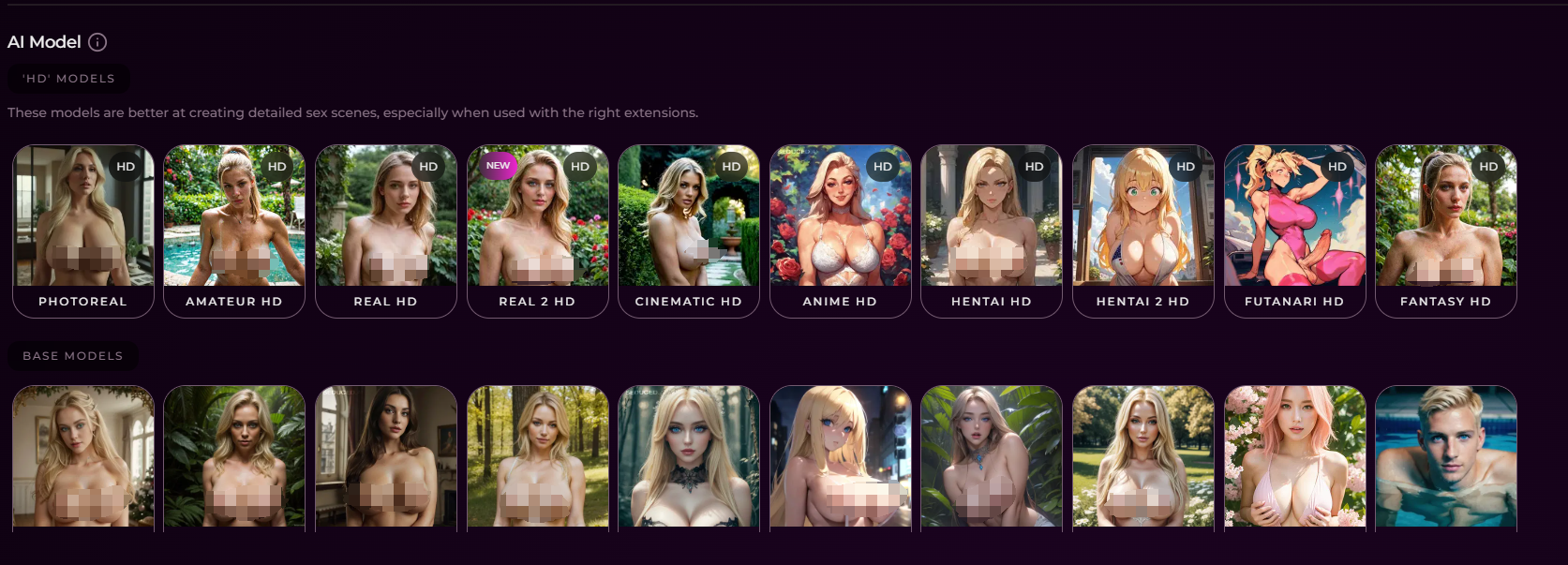
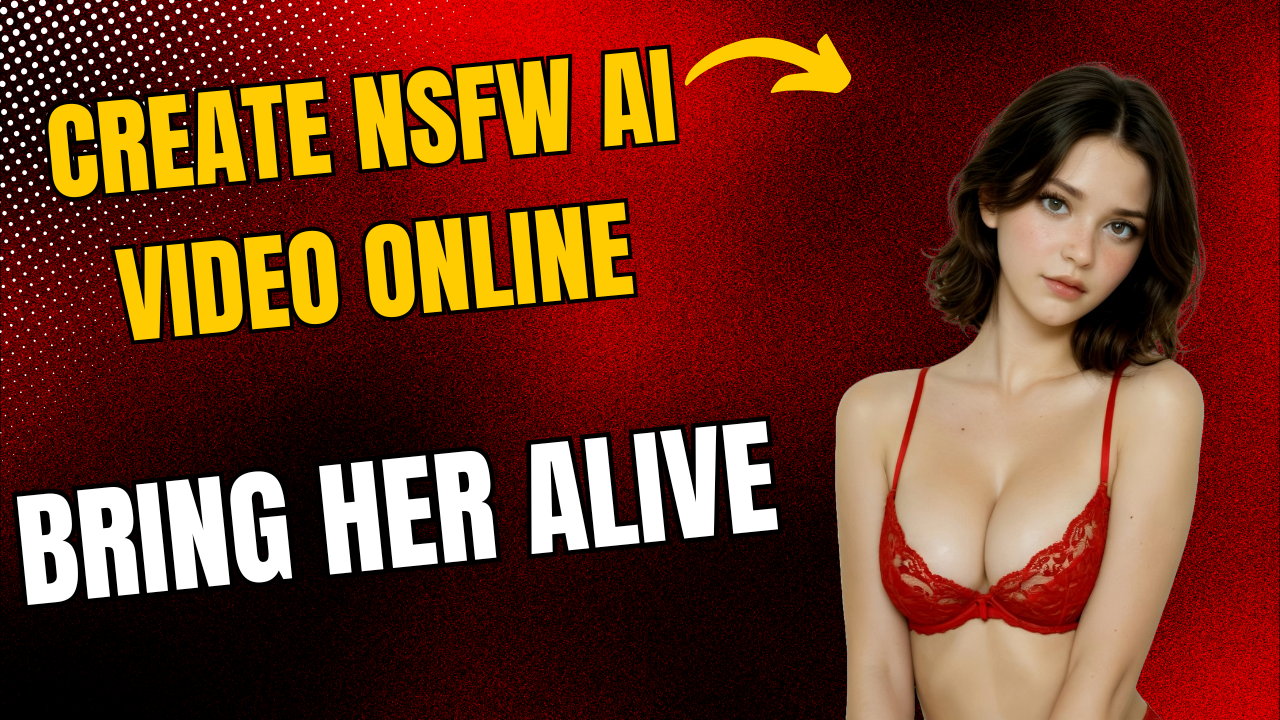
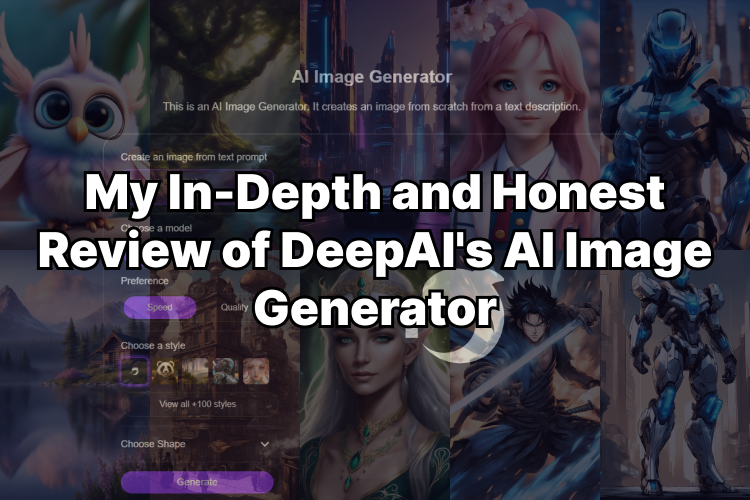
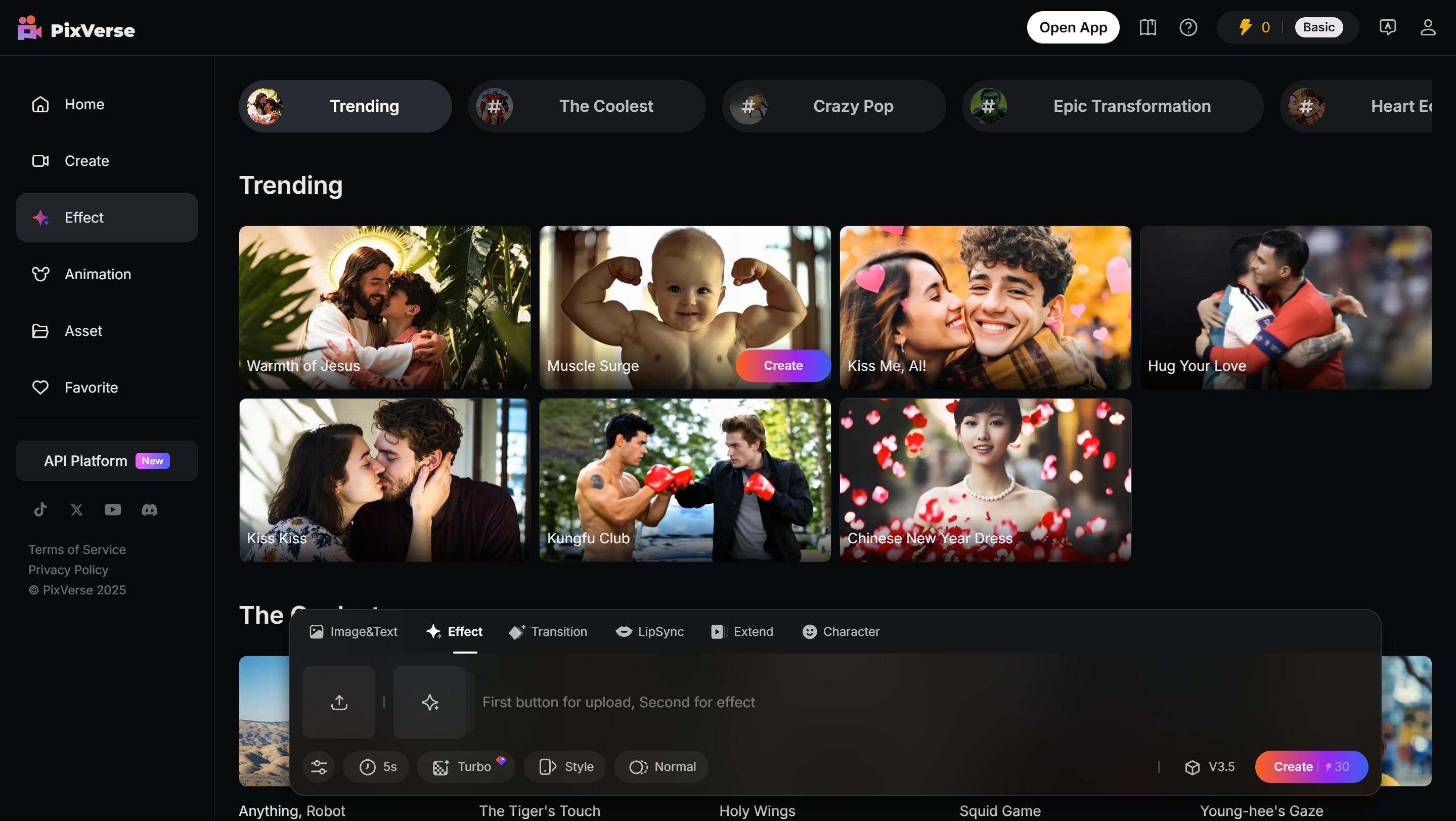
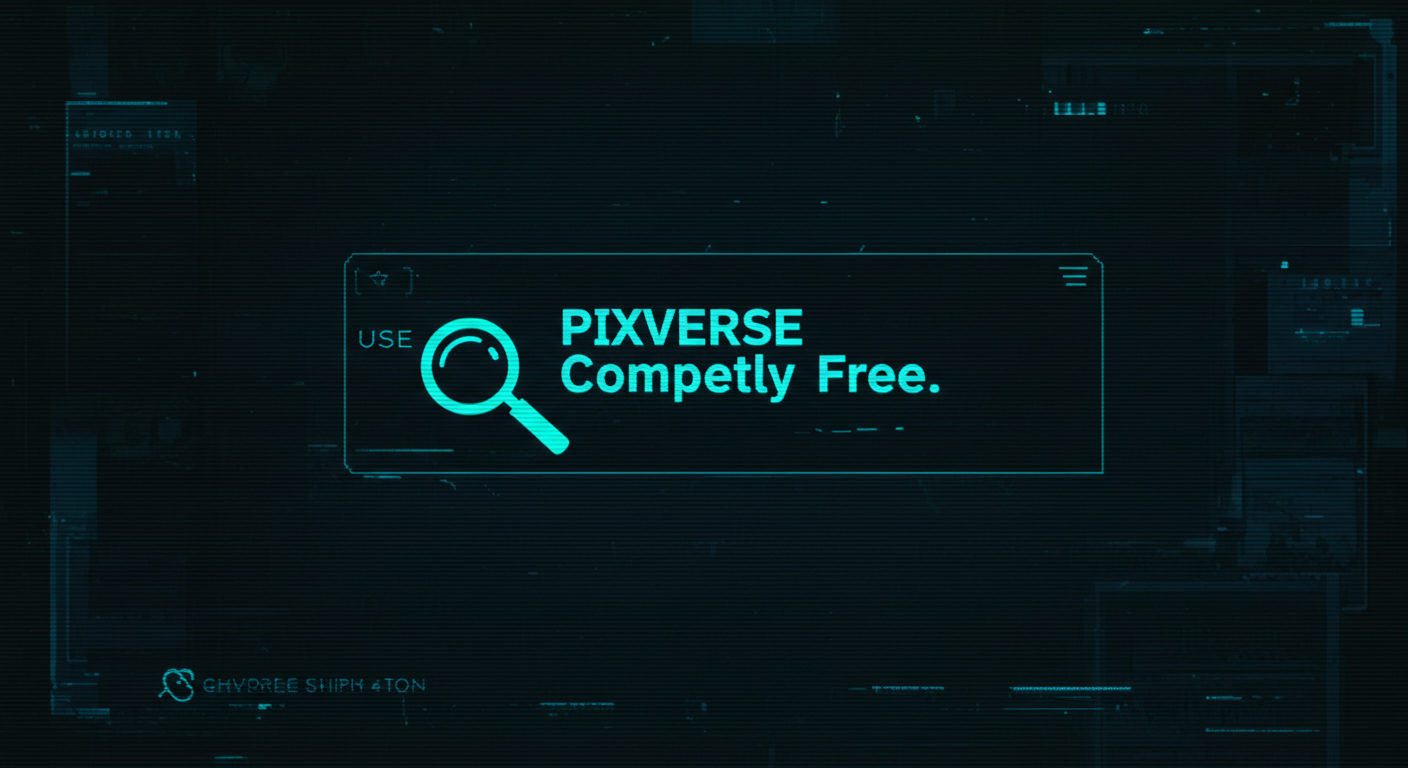
Leave a Reply